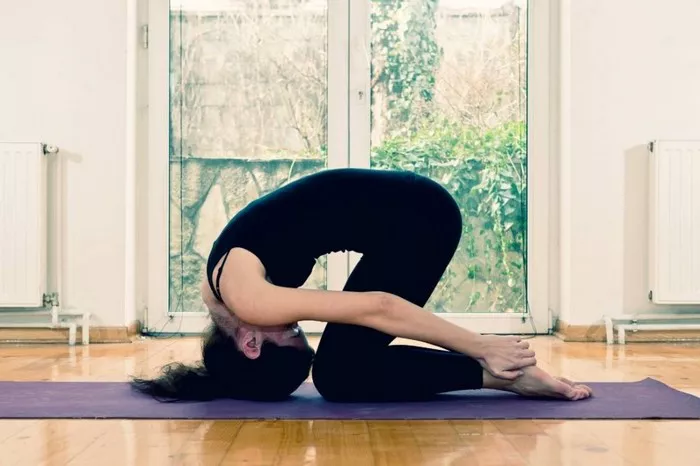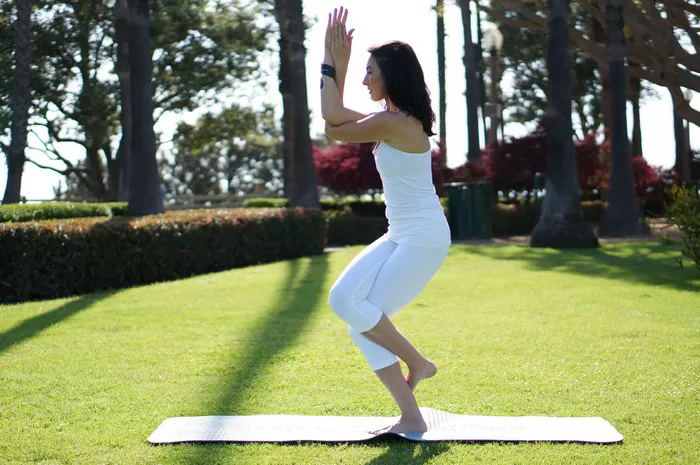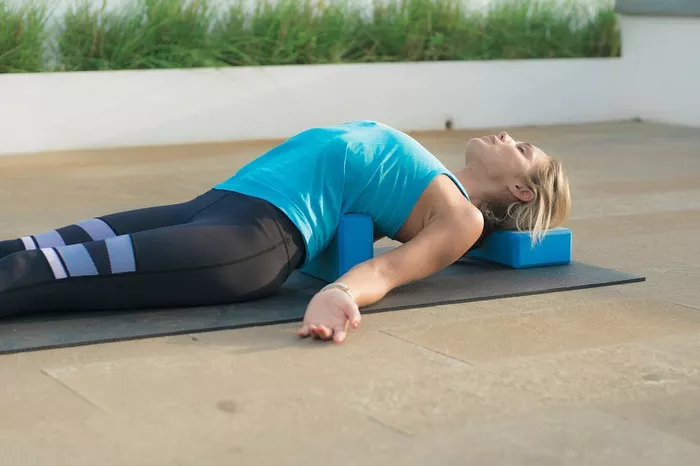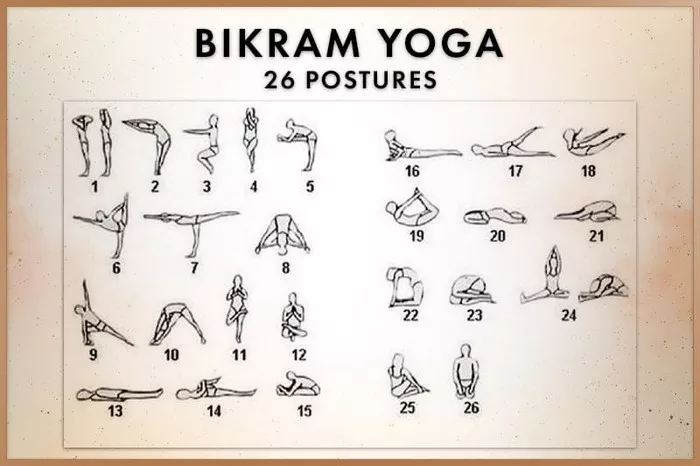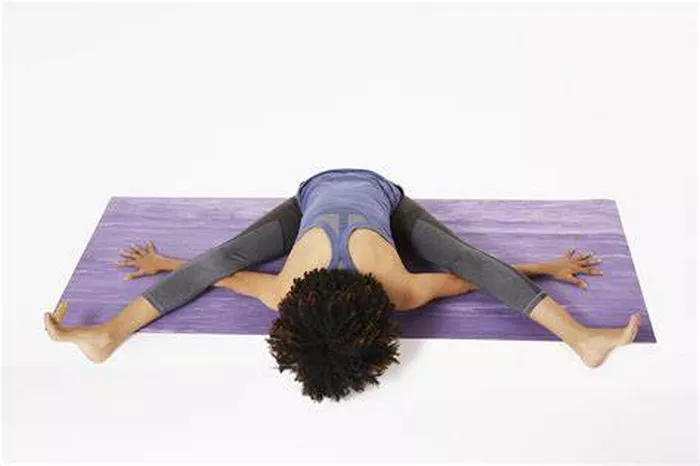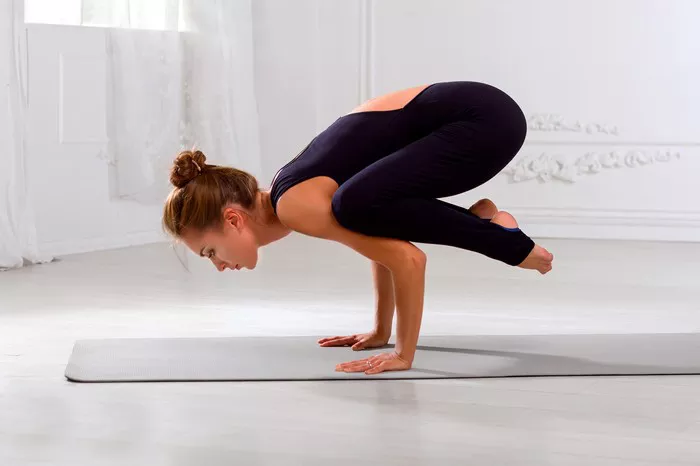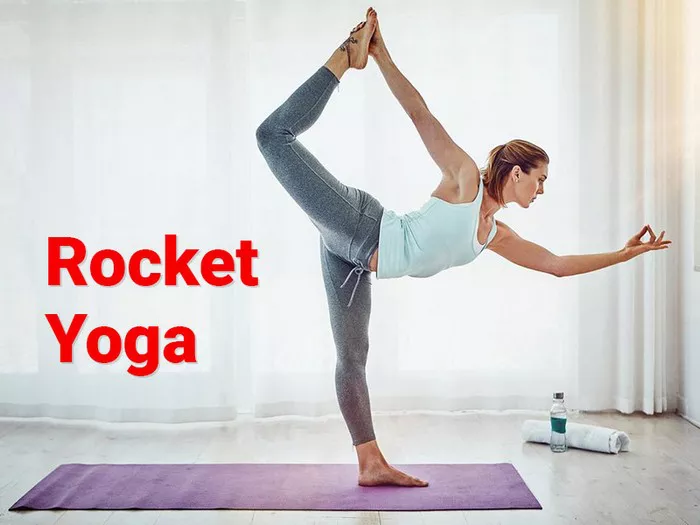Yoga, an ancient practice rooted in spiritual and physical disciplines, offers a multitude of poses aimed at enhancing both physical and mental well-being. Among these poses, the Rabbit Pose, known as Sasangasana in Sanskrit, stands out as a posture with profound benefits. In this comprehensive guide, we delve into the origins and symbolism of the Rabbit Pose, its physical and mental advantages, various modifications and variations, step-by-step instructions for practice, as well as precautions and contraindications to ensure a safe and fulfilling yoga experience.
Origins and Symbolism
The origins of the Rabbit Pose can be traced back to classical yoga texts, where it is mentioned as a posture to stimulate the thyroid and parathyroid glands. The Sanskrit term “Sasangasana” is derived from two words: “Sasanka,” meaning rabbit, and “Asana,” meaning pose. The pose is often associated with humility, surrender, and introspection, as it requires practitioners to bow forward, symbolizing a gesture of submission and openness to the universe.
In yogic philosophy, the rabbit represents fertility, growth, and agility. By embodying the qualities of the rabbit in this pose, practitioners seek to cultivate resilience, adaptability, and a deep connection with the earth.
Physical and Mental Benefits
The Rabbit Pose offers a plethora of physical and mental benefits, making it a valuable addition to any yoga practice:
1. Spinal Flexibility: Sasangasana gently stretches the spine, promoting flexibility and mobility in the vertebral column. Regular practice can alleviate stiffness and tension in the back, shoulders, and neck.
2. Stimulation of Thyroid Gland: The compression of the throat in Rabbit Pose stimulates the thyroid gland, which plays a crucial role in regulating metabolism and energy levels. This can help balance hormone production and promote overall well-being.
3. Improved Digestion: The forward bending action in Sasangasana massages the abdominal organs, including the stomach and intestines, aiding in digestion and relieving constipation.
4. Relaxation and Stress Relief: The gentle pressure on the forehead in Rabbit Pose stimulates the pineal gland, inducing a sense of calmness and relaxation. This can help alleviate stress, anxiety, and insomnia.
5. Enhanced Lung Capacity: As the chest is compressed in Sasangasana, the lungs are gently stretched, improving respiratory function and increasing lung capacity.
6. Stimulation of Acupressure Points: The forehead and top of the head are rich in acupressure points connected to various organs and systems in the body. By pressing these points in Rabbit Pose, practitioners can stimulate energy flow and promote holistic healing.
Variations and Modifications
Yoga is a practice that embraces diversity and encourages practitioners to adapt poses according to their unique needs and abilities. Here are some variations and modifications of the Rabbit Pose:
1. Supported Rabbit Pose: Place a folded blanket or bolster under the knees to provide support and alleviate pressure on the neck and spine.
2. Extended Rabbit Pose: Instead of clasping the heels with the hands, reach the arms forward along the mat, keeping the forehead on the ground. This variation intensifies the stretch in the spine and shoulders.
3. One-Legged Rabbit Pose: Lift one leg off the ground while maintaining the posture, alternating between legs to balance the stretch evenly.
4. Chair Rabbit Pose: Sit on a chair with feet flat on the ground and lean forward, placing the forehead on a block or cushion on the seat of the chair. This modification is suitable for individuals with limited mobility or knee discomfort.
5. Wall-supported Rabbit Pose: Stand facing a wall and place the hands on the wall at shoulder height. Slowly walk the hands down the wall as you lower the forehead towards the ground, maintaining a gentle stretch in the spine.
Step-by-Step Instructions
Practice the Rabbit Pose with mindfulness and awareness, paying attention to your body’s sensations and limitations. Follow these step-by-step instructions to safely and effectively perform Sasangasana:
1. Begin in Child’s Pose: Kneel on the mat with the big toes touching and knees hip-width apart. Sit back on the heels and extend the arms forward, lowering the chest towards the thighs. Rest the forehead on the mat and relax the entire body.
2. Prepare for Sasangasana: From Child’s Pose, come up onto the knees and sit back on the heels. Keep the knees together or slightly apart, whichever is more comfortable for you.
3. Position the Arms: Reach the arms back alongside the body and grasp the heels with the hands. If reaching the heels is challenging, place the hands on the back of the thighs for support.
4. Inhale and Lift the Hips: On an inhalation, engage the abdominal muscles and lift the hips towards the ceiling. Keep the arms straight and elbows slightly bent as you begin to fold forward.
5. Exhale and Lower the Forehead: As you exhale, gently lower the forehead towards the ground, maintaining a lengthened spine. Press the palms or fingers into the heels to deepen the stretch in the spine and shoulders.
6. Hold the Pose: Stay in Sasangasana for 5-10 deep breaths, allowing the body to relax and surrender into the posture. Keep the neck and jaw soft, and avoid tensing the shoulders or gripping the heels too tightly.
7. Release the Pose: To come out of Rabbit Pose, slowly release the hands from the heels and sit back on the heels. Extend the arms forward and lower the forehead to the mat in Child’s Pose, resting for a few breaths to neutralize the spine.
Precautions and Contraindications
While the Rabbit Pose offers numerous benefits, it is essential to practice with caution, especially if you have any pre-existing medical conditions or injuries. Here are some precautions and contraindications to consider:
1. Neck Injuries: Avoid or modify Rabbit Pose if you have neck injuries, such as herniated discs or cervical spondylosis. Instead of placing pressure on the neck, focus on elongating the spine and gently stretching the back muscles.
2. High Blood Pressure: If you have high blood pressure, approach Sasangasana with caution and avoid excessive pressure on the forehead. Practice the pose mindfully, and if you feel dizzy or lightheaded, come out of the posture immediately.
3. Knee Discomfort: If you experience discomfort in the knees, use additional padding or support under the knees during the pose. Avoid forcing the hips too far back or straining the knee joints.
4. Pregnancy: Pregnant individuals should practice Rabbit Pose with modifications and avoid excessive pressure on the abdomen. Use props for support and consult with a qualified yoga instructor or healthcare provider for guidance.
5. Recent Abdominal Surgery: If you have undergone abdominal surgery, such as hernia repair or cesarean section, avoid deep forward bends like Sasangasana until you have fully recovered and received clearance from your healthcare provider.
By observing these precautions and modifications, you can safely incorporate Rabbit Pose into your yoga practice and experience its transformative benefits.
Conclusion
The Rabbit Pose, with its origins deeply rooted in yoga tradition, offers practitioners a gateway to physical vitality, mental clarity, and spiritual growth. Through regular practice, individuals can cultivate flexibility, strength, and resilience in both body and mind. By exploring variations and modifications, practitioners of all levels can tailor the pose to suit their unique needs and abilities, ensuring a safe and fulfilling yoga experience. As you journey through the depths of Sasangasana, may you discover the boundless potential within yourself and embrace the transformative power of yoga.

